By Aimee Rogers
Graphic novels are experiencing a surge in popularity, but what the heck are they? Believe it or not this simple question is hotly contested amongst scholars and graphic novel aficionados. Basically a graphic novel is a long comic book—it uses panels, gutters and speech balloons.
Dispelling the Myths about Graphic Novels
- Graphic novels (and comic books for that matter) are NOT a genre. They are a format. This means they can be about anything—from nonfiction topics to historical fiction and fantasy stories.
- The “graphic” in “graphic novels” does NOT stand for X-rated or inappropriate content. Like all formats there is the potential for graphic content, but the term “graphic” does not necessitate such content.
- Graphic novels are NOT an easier format to read because of the visual “support” provided by the illustrations. That being said, some students do find graphic novels easier to read because they have “cracked the code” of reading in this format. Just like any type of reading, the more one practices the better one gets.
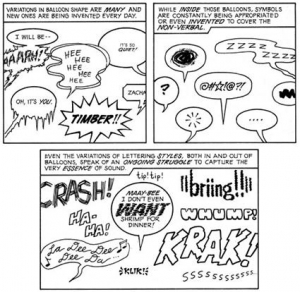
McCloud, Scott. “Understanding Comics.”
Uncovering True Advantages of Graphic Novels
Integrating graphic novels into your classroom has some real advantages. It can:
- Help students who struggle with “traditional” formats experience reading success. Initial studies indicate that struggling readers, ELLs and adult learners have benefited from the use of graphic novels as a means of increasing literacy skills.
- Increase motivation and interest in reading. Students who read graphic novels at home will be thrilled to bring them into the classroom. By recognizing graphic novels as a valid form of literacy, you will provide legitimization for all forms of literacy.
- Support Common Core State Standards. Numerous reading standards, at all grade levels, require students to be able to read in a variety of formats. One of the reading anchor standards specifically states that students should be able to “integrate and evaluate content presented in diverse media and formats, including visually and quantitatively, as well as in words.” Graphic novels certainly qualify as diverse media and include a wealth of visual information that must be decoded in order to understand the text. Another standard requires that students be able to make logical inferences from texts. Graphic novels are the ultimate text for making logical inferences as every gutter requires the reader to make an inference. The “correctness” of these inferences rely on the reader’s ability to synthesize all of the visual and textual information found before and after the gutter.
How to Read Graphic Novels
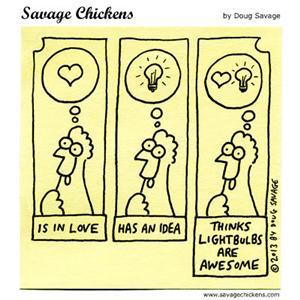 One of the great things about graphic novels is that there is no one right way to read them. Some people will “read” the images first, while others will focus on the written text almost exclusively and simply skim the images. A general guideline for graphic novels written in English and romance languages is to read from top to bottom and left to right—just like any other text in these languages.
One of the great things about graphic novels is that there is no one right way to read them. Some people will “read” the images first, while others will focus on the written text almost exclusively and simply skim the images. A general guideline for graphic novels written in English and romance languages is to read from top to bottom and left to right—just like any other text in these languages.
If something doesn’t make sense, you may have “read” out of order. If this is the case, simply go back and re-read in a different order and this may “fix” the problem. Keep in mind that there are several features that make reading graphic novels different, and in many ways, more challenging. See the chart below for tips for navigating the various visual cues.
| Visual Cue | What It Signals | Examples | Web Resources |
|---|---|---|---|
| Panel size and shape | The importance or speed of actions as well as the timing (current time vs. flashbacks vs. dream sequences) |
|
|
| Gutter (i.e., the blank space between every panel) | Closure of action |
|
|
| Speech balloons, text bubbles and thought bubbles | Tone of speech as well as meaning of words |
|
|
| Icons | Can vary greatly from text to text but hopefully includes scaffolding to allow readers to determine meaning |
|
Written by Aimee Rogers, a doctoral student at the University of Minnesota studying children’s and adolescent literature. She has a growing interest in graphic novels for children and young adults and is making them the focus of her dissertation. She just finished reading Gene Luen Yang’s two-part graphic novel Boxers and Saints.


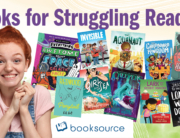
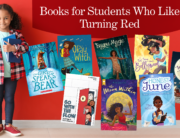

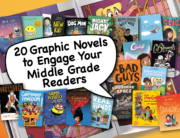
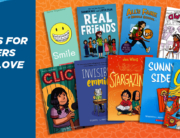
Leave A Comment